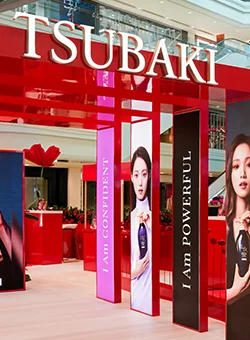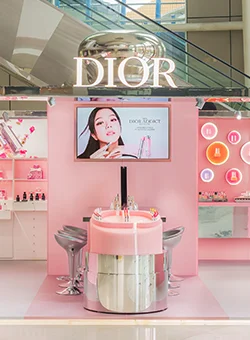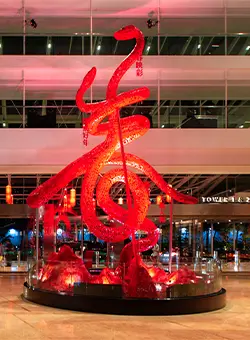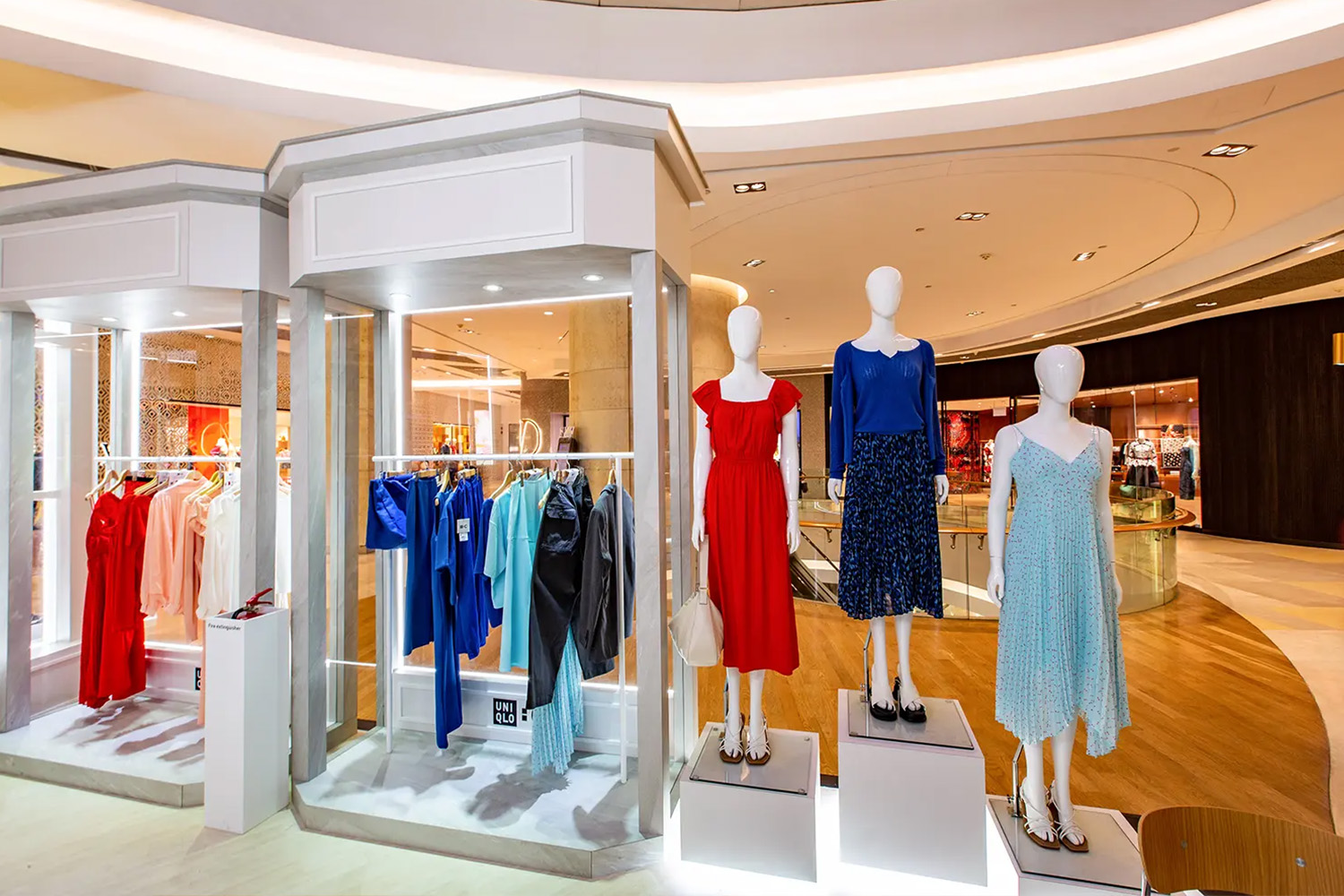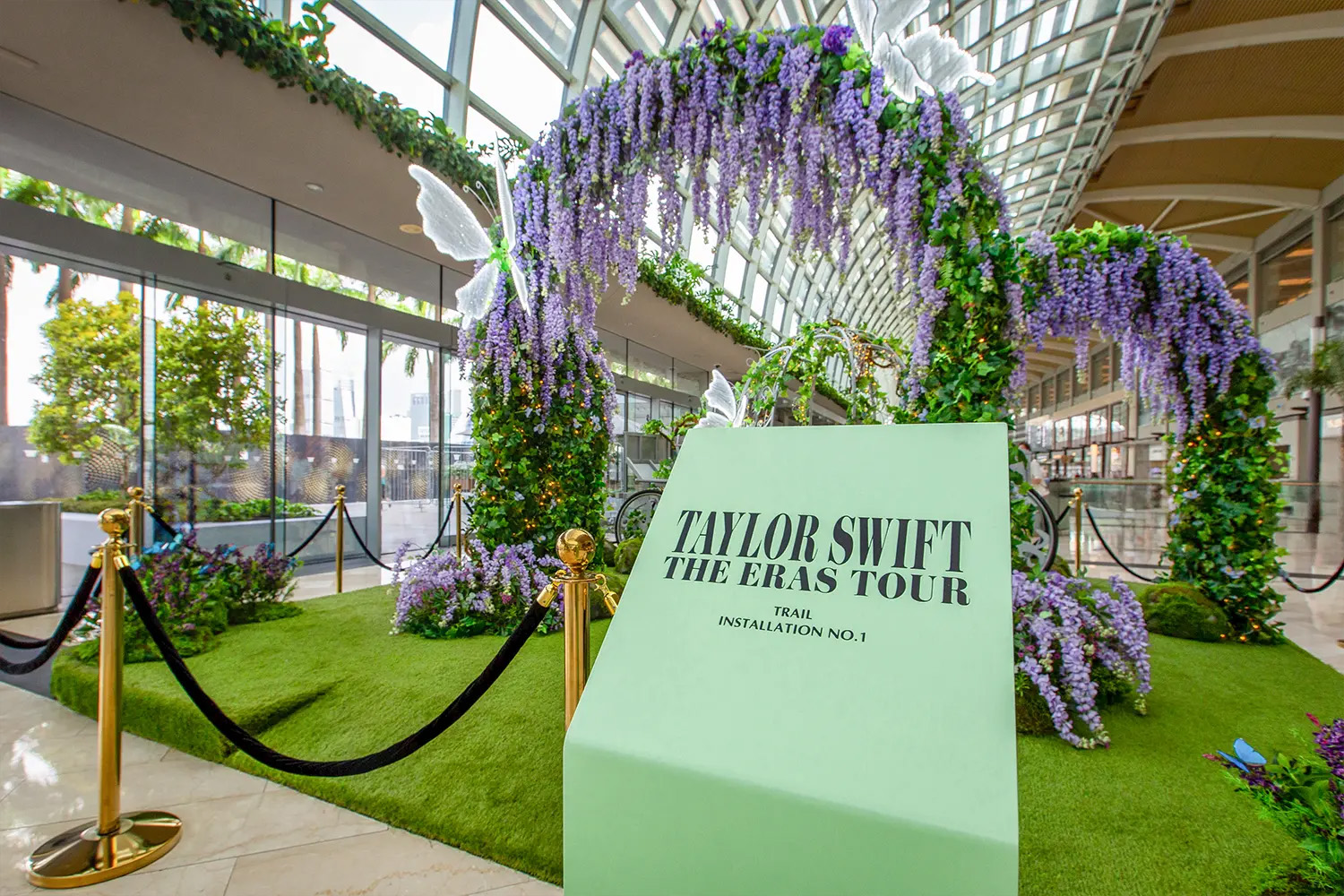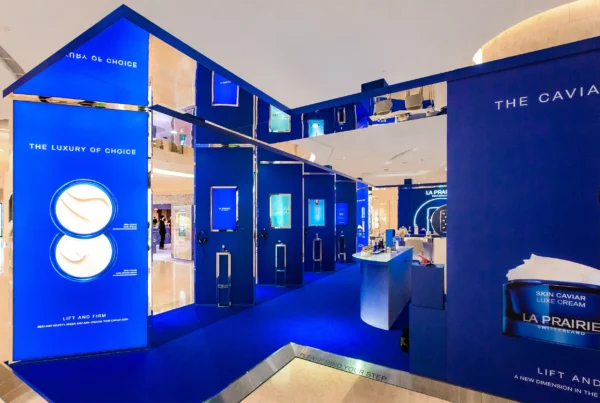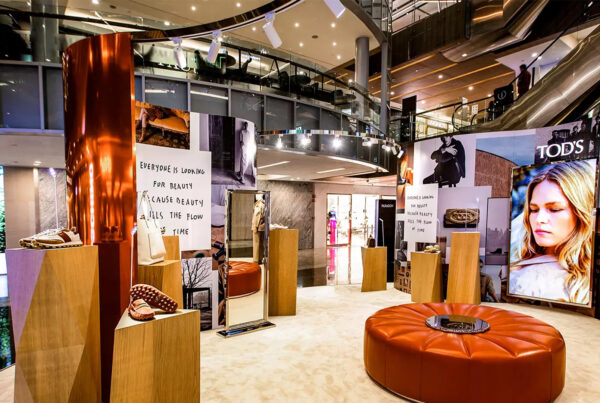When it comes to marketing your brand successfully, marketing strategists often talk about creating meaningful connections with your audience. But how do you achieve that? The solution lies in experiential marketing, which aims to foster brand-audience interaction through real-world scenarios.
Generally, these experiential marketing activations are participative, engaging, and event-centric. You may even find them going hand-in-hand with other forms of marketing, like gamification. Regardless, the idea behind the campaign is to get audiences to experience a brand and everything it offers so that consumers end up associating the unique and innovative experience with the brand.
So, why is experiential marketing effective? This strategy works because we are emotional beings. When we identify with a brand that speaks to us, we become more loyal to them. Experiential marketing plays to this aspect by making your customers a part of your brand’s story, allowing you to win them over and make them feel more involved with your company.
If you wish to run a successful campaign, here are several helpful experiential marketing tips to keep in mind.
Tip #1: Understand Your Audience
Creating a compelling and successful experiential marketing activation starts with a deep understanding of your target audience. Focus on the type of customers you want to attract, conduct extensive market research, and create buyer personas to identify their interests, preferences, and pain points. By analysing the mindset of your audience, you can tailor your campaign to resonate with them, ensuring maximum engagement and impact.
Don’t know where to start? Fortunately, various social media tools are available at your disposal. Facebook’s Meta Foresight curates monthly hot topics and popular discussion points, enabling you to check what is trending and what people are interested in. In particular, hone in on those listening to and talking about your product or service. Subsequently, cross-reference this information with your website traffic data to have an idea of who your target audience is.
Tip #2: Set Clear Objectives And Goals
The next step is to define clear objectives for your experiential marketing activation. Having specific goals will help guide your planning process and provide a benchmark for measuring success. So, consider your brand’s overall marketing strategy and identify how this campaign aligns with it.
After setting your objectives, pinpoint key performance indicators (KPIs) that can help you track progress. The suitable KPIs will depend on your goals for the campaign. Do you want to drive brand awareness and enhance customer loyalty? Then, you need to consider your social media engagement and customer satisfaction ratings.
Conversely, website traffic and lead conversions are more effective measurables if the goal is to generate leads and increase sales. Having measurable KPIs will allow you to assess your campaign’s effectiveness and make data-driven decisions for future events.
Tip #3: Design A Memorable Experience
It is all well and good to set up an experiential marketing activation relevant to your audience’s wants and needs. However, you must still make it a memorable brand experience to attract your target audience and leave a lasting impact on them. The goal is to ensure your brand remains at the forefront of their minds and that they instantly and positively associate it with the event they witnessed.
That starts with your event design. It should captivate the audience’s senses, fostering an environment that encourages active participation. So, start by considering the overall theme and message you wish to convey. With this as a reference point, you can incorporate visually appealing elements that align with your brand identity when designing the physical space. Also, consider using captivating visuals, creative lighting, and interactive installations as audience engagement tactics to draw crowds in and spark their curiosity.
For instance, as part of a feature on Viktor&Rolf’s iconic women’s fragrance, the Flowerbomb collection, we crafted a pop-up store featuring a café pavilion resembling the brand’s signature Flowerbomb pink gift box. To place emphasis on the brand activation, the look was completed with a black V&R ribbon and a wax stamp monogram in a glossy finish.
As a further nod to the collection’s floral notes, a giant replica of the diamond-grenade-shaped fragrance bottle was prominently displayed, decorated with floral arrangements slotted in the facets. In addition, various fragrance discovery stations, visual merchandising displays, and a flower workshop activity area were present to offer shoppers an immersive, hands-on retail journey.
Tip #4: Incorporate Storytelling Into Your Brand
In the age of experiential marketing, brands must expand beyond their traditional approach to event design. Attractive visuals alone are no longer sufficient. Instead, they must be paired with compelling narratives that align with your brand’s values, developing a cohesive storyline or theme that is prevalent throughout your event.
For example, as a celebration of Taylor Swift’s The Eras Tour, we created a themed installation that took audiences on a trip through the iconic moments from the singer-songwriter’s musical journey. Various displays were featured throughout the exhibit, each referencing a different studio album by the pop star, inviting fans to relive their favourite moments in real life.
Tip #5: Track The Campaign’s Success
Remember the KPIs that you identified as part of your experiential marketing campaign? Now that your activation is over, it is time to measure your KPIs to determine if your event was successful. By gathering insights into the campaign and tracking its success, you can identify areas of strength and opportunities for growth.
Consider various marketing campaign evaluation methods, such as interviews and surveys, to collect feedback from attendees. Ask specific questions about their overall experience, including their engagement levels, satisfaction with elements of the brand activation, and whether the event met their expectations.
Once you have collected your data, analyse and identify trends or recurring themes to gain actionable insights. Remember to compare the actual outcomes with your initial objectives to assess your campaign’s success and impact. You should also look for areas that exceeded expectations and aspects that need improvement. These details can enable you to make data-driven decisions for future events and refine your experiential marketing strategy, allowing you to stay ahead of the competition.
Ready to get started on your experiential marketing campaign after reading our experiential marketing tips? Let us help bring your ideas to life! With our vast expertise in experiential marketing, we can bring your brand to life in a way that creates a lasting impression on your audience. Engage our services and experience the difference today.



